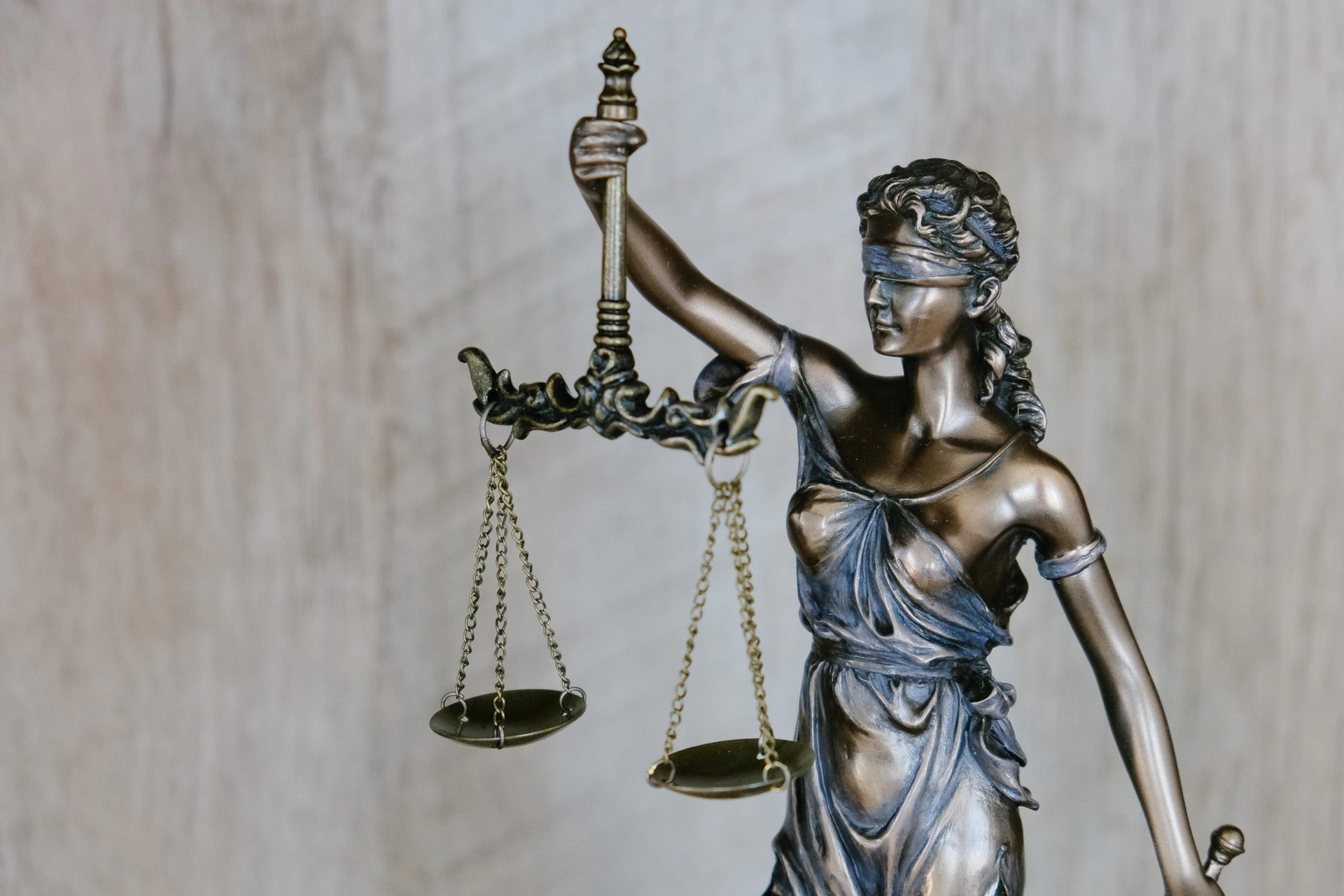Trademark Law and Protecting your Brand: The Legal Costs Involved.
Any brand that has been involved in the area of IP (Intellectual Property) should by now know very well that protecting your intellectual property is a process that includes multiple steps.
The first step is conceiving the idea, brand name or trademark where protecting it is more than likely deemed necessary. The second step is making a decision about what to do with this new found idea as far as trying to establish it as exclusive or not. Sure. There are a lot of ideas out there that do not require this notion of exclusiveness, with not all new things even qualifying for intellectual property protection.
If, however this new idea , concept or trademark falls into the category of IP protection, with the protection being needed and it wholly qualifies, the step coming next is one where the entity will need legal protection.
You all know that just the attempt to obtain this protection will come with a cost, no matter whether this protection is sought by the individual with the idea, the inventor him/herself or an organization requiring the help of legal counsel.
For this case, let us assume that the individual who has conceptualized the idea or the inventor themselves have taken legal steps to seek protection for their innovation, as for example with a trademark. What is involved when seeking such protection?
Make it Official
To begin with, protection requires common law claims and one must file an application to register their trademark at the USPTO ( United States Patent and Trademark Office). There is another cost that those who seek protection should take into account. Yes. Time. Time is money and the sheer amount of time and additional resources that are needed to conduct market research and trademark and patent searches can be enormous.
You might think it is over. Hold on. It does not end there. Litigation is the costliest step and if you need to defend your intellectual property, the cost of litigation may surpass the trademark’s value.
How Far are you Willing to Go?
The cost of litigation really is contingent upon how far you want to go and how much you’re willing to spend to get awarded a decision in the case of a trademark which up till now has not been settled. Not been settled you say? Yes. Many cases are never settled, and that leaves the concept/trademark/idea holder out to dry in many cases.
This key element requires that yous seriously consider what is the value of the trademark as far as what you see the strength of the product being and the potential of it’s identity, any confusion between your brand and an offending one, and lots of other factors. Is it worth the cost to sue? Even before getting to court, the fees might be so overwhelming.
The Cost of Uncertainty
The final outcomes of litigation are never a certainty. A federal appellate decision from 1979 can give you some guidelines for the one of the key tests, the prospect of confusion.
See the bullet points below for these key tests:
The Mark’s similarities
Product proximity
The Mark’s Strength
Proof/Evidence of the Actual Confusion
Similarity of marketing channels
Type of goods
Prospect of expanding of the product line
Filings for cases involving patents were higher in the first half of this year, 2015 than the last 2/3 of 2014. Compared to the first half of last year, in 2015 they were also generally higher.
When it comes down to it, nothing is guaranteed as far as what action(s) a court will take. But, by registering your trademark, it will be a great first step to protecting rights to your trademarks and give you access to the court. Using mediation can greatly reduce the expenses. You should beware, however, that it might turn out to be a costly proposition to prove that you have a case.
